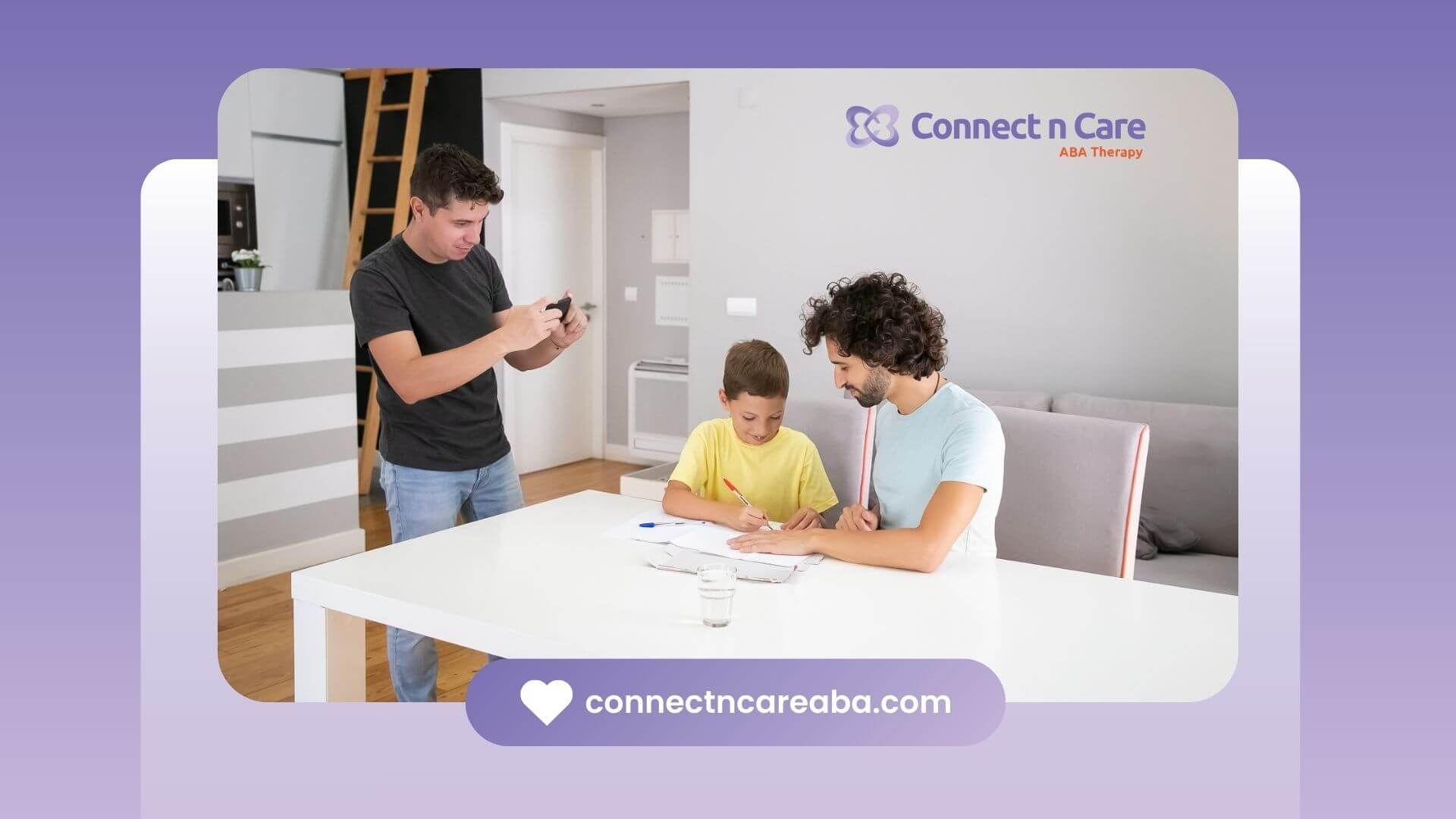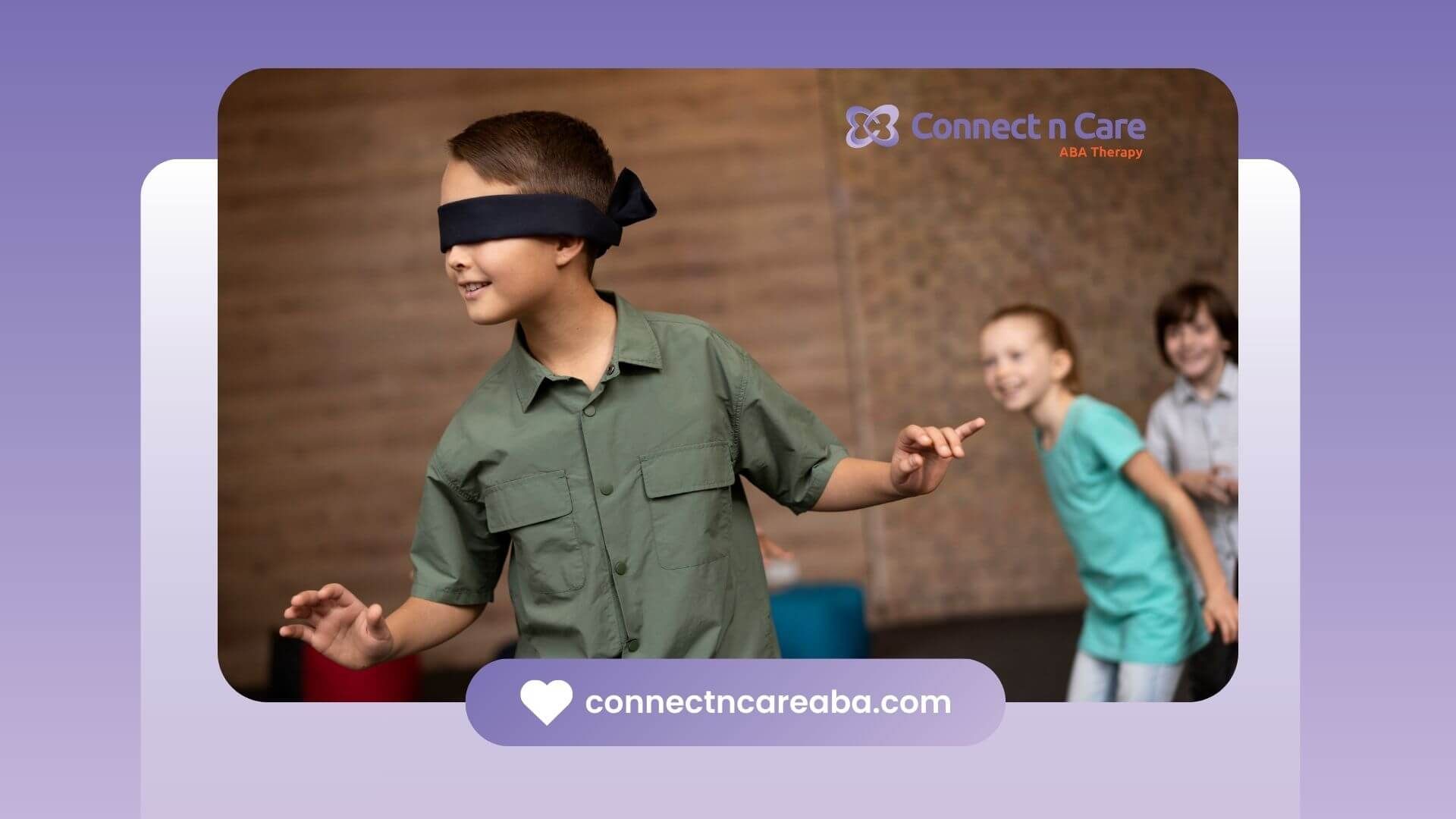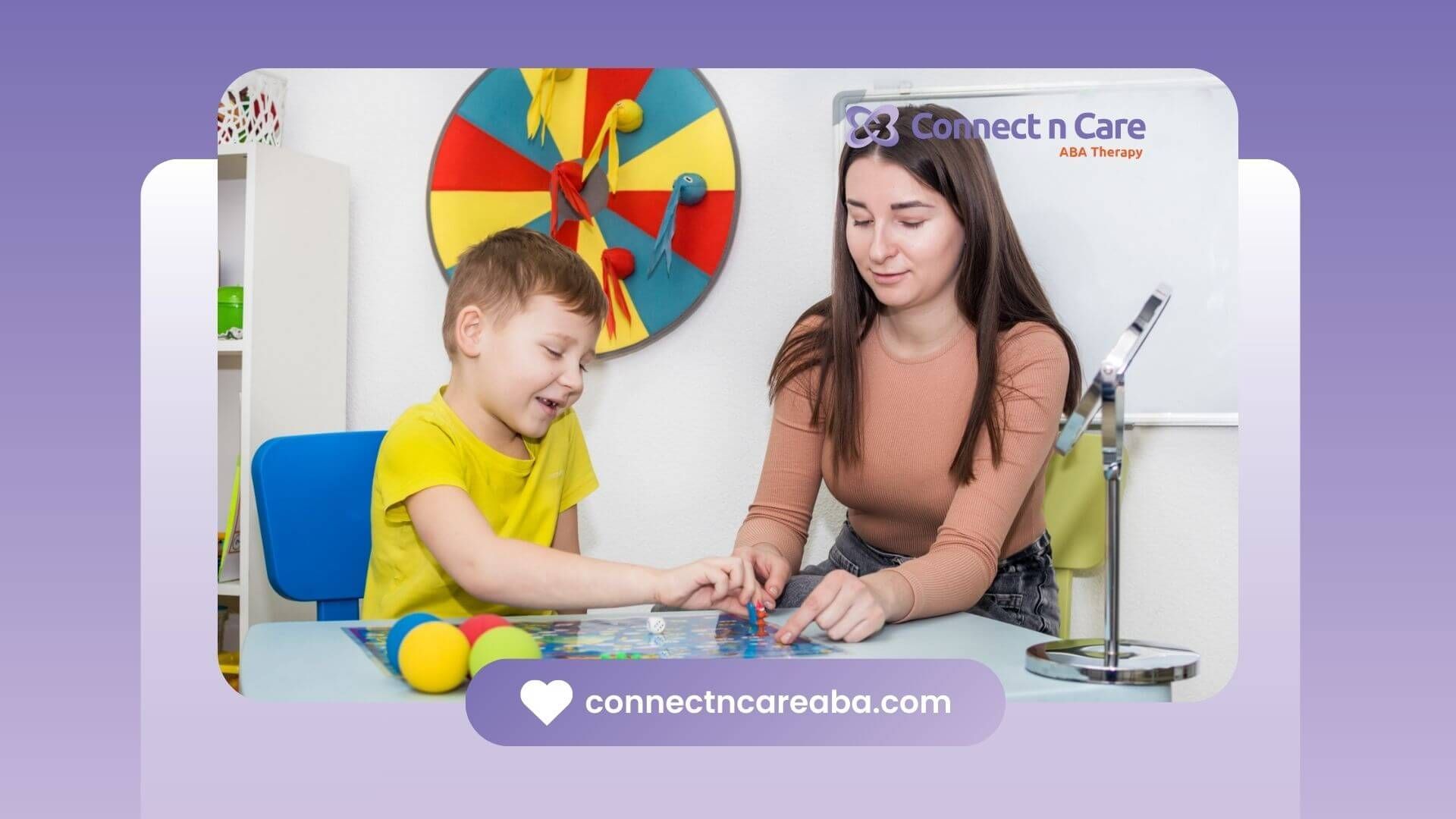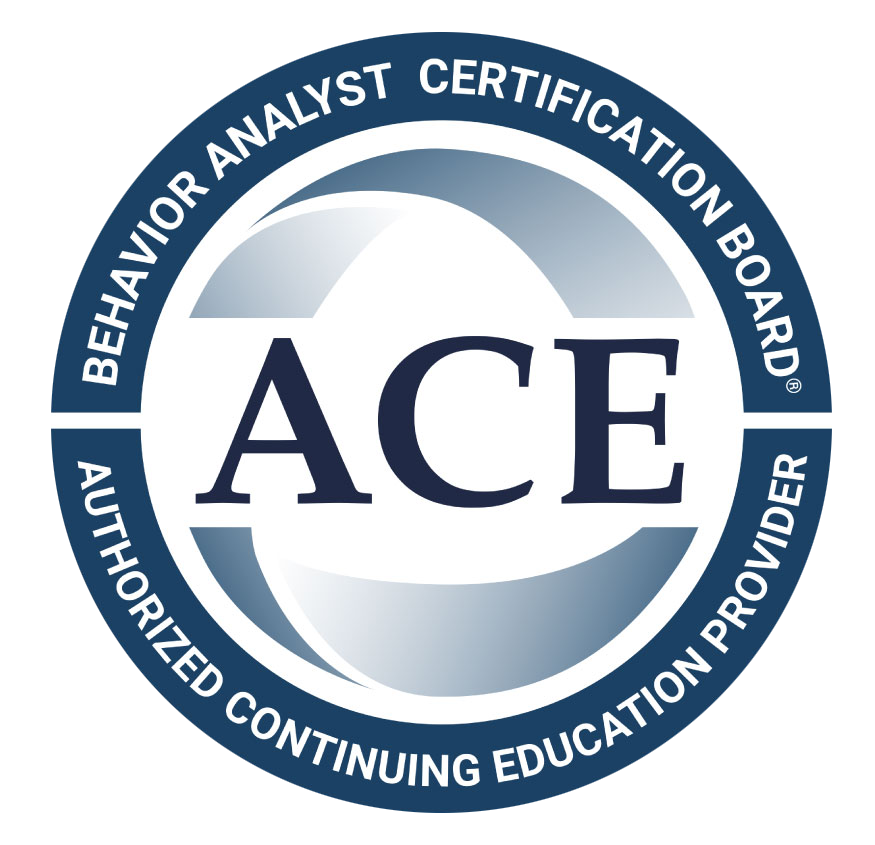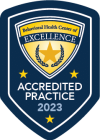Key Highlights
- Nonverbal autism refers to cases on the autism spectrum where individuals cannot speak or have limited verbal skills, but often possess alternative communication abilities.
- Recognizing early symptoms like language delays, repetitive behaviors, and lack of eye contact can help initiate timely autism diagnosis and intervention.
- Early intervention strategies significantly improve communication skills and future prognosis, particularly for nonspeaking autistic children.
- Genetic influences, neurological factors, and environmental conditions play crucial roles in the development of autism spectrum disorder.
- Alternative communication methods, such as AAC devices and sign language, empower nonspeaking individuals to connect with society effectively.
Non-verbal autism can feel like a silent mystery for many parents in North Carolina. You're told your child is autistic—but they don’t speak. What does that mean for their future? Will they ever say “I love you”? Can they go to school, make friends, express what hurts?
These are questions I’ve heard countless times as a behavior therapist. One mom in Raleigh once told me she hadn’t heard her 4-year-old say a single word—but after six months of personalized in-home ABA therapy in North Carolina, her son began using an AAC device to ask for his favorite toy. Her tears of joy are something I’ll never forget.
What Is Non-Verbal Autism?
Understanding Non-Verbal Autism
Non-verbal autism is a form of autism spectrum disorder (ASD) where a person has little or no spoken language. But that doesn’t mean they can’t communicate. Many find ways to connect using tools like gestures, images, or technology.
Some children may be completely non-speaking, while others might use a few words or repeat phrases without full understanding (echolalia). Their thoughts and intelligence can still be very much intact—they just express them differently.
Recognizing the Signs Early
What to Look for in Young Children
Most signs of non-verbal autism start to appear in early childhood. These may include:
- Limited or no babbling by 12 months
- Poor or no eye contact
- Delayed speech or language milestones
- Repetitive behaviors like hand-flapping or rocking
- Not responding to their name
Some children might lose words they had previously learned. Spotting these signs early makes it easier to start support early—which can make a big difference.
How Is Non-Verbal Autism Diagnosed?
The Assessment Process
Diagnosing non-verbal autism involves a combination of observation, developmental history, and standardized tools. Doctors and specialists look at how a child communicates, behaves, and develops socially.
Common Diagnostic Tools
Here are some key tools professionals use:
| Assessment Tool | Purpose |
|---|---|
| Autism Diagnostic Observation Schedule (ADOS) | Observes play, communication, and social interaction |
| Autism Diagnostic Interview-Revised (ADI-R) | In-depth parent interviews to understand early behavior |
| Gilliam Autism Rating Scale (GARS) | Rates behaviors linked to autism severity |
Other tests may be done to rule out hearing loss or other developmental conditions.
What Causes Non-Verbal Autism?
Genetics and the Brain
Autism has a strong genetic link. Conditions like fragile X syndrome or tuberous sclerosis are more common in autistic children, especially those who are non-speaking. Family history also plays a role.
Neurological Differences
The amygdala, a part of the brain tied to emotions and social behavior, often functions differently in autistic individuals. These differences may affect how a person understands language or reacts to social cues.
Environmental Influences
Exposure to certain environmental factors during pregnancy—like toxins or complications—may also contribute to how autism develops. But autism isn’t caused by parenting style or vaccines.
Can Non-Verbal Individuals Communicate in Other Ways?
Augmentative and Alternative Communication (AAC)
AAC tools give non-speaking individuals a voice. These might include:
- Speech-generating devices
- Picture exchange systems (PECS)
- Communication apps with visuals
Many children thrive using these tools, especially when introduced early.
Sign Language and Visual Supports
Sign language, visual schedules, and flashcards are powerful aids. They help children express needs and understand daily routines. These methods reduce frustration and open up new ways to connect.
No single approach works for everyone. The key is finding what suits each child’s learning style.
Therapy and Support Options
Speech and Language Therapy
Speech therapy focuses on improving how a child understands and uses language. For those who are non-speaking, it might also involve teaching how to use AAC tools or gestures.
Therapists may work on:
- Strengthening the muscles used in speech
- Improving listening and attention skills
- Practicing communication in real-life settings
Behavioral and Developmental Therapies
Applied Behavior Analysis (ABA) is one of the most common therapies. It uses positive reinforcement to build skills, from communication to daily routines.
Other helpful interventions include:
- Occupational therapy for daily living tasks
- Play-based therapies for social skills
- Parent training programs to support learning at home
Will a Non-Verbal Autistic Child Ever Speak?
Understanding the Long-Term Outlook
The answer isn’t one-size-fits-all. Some non-verbal children do eventually begin speaking, often after age 4. Others may remain non-speaking but learn to communicate in other powerful ways.
What Influences Language Development?
A few key factors affect whether a child will develop spoken language:
- Age at diagnosis and when therapy begins
- Type and intensity of intervention
- Presence of intellectual disability or other conditions
Progress may be slow and uneven—but with consistent support, communication often improves.
At Connect n Care ABA, we believe every child deserves a way to express themselves. Our team provides compassionate, evidence-based ABA therapy across North Carolina, designed to meet your child’s unique communication needs—whether they use words, signs, or devices.
We work closely with families to build confidence, reduce frustration, and unlock each child’s full potential. Call today or schedule a consultation to learn how we can help your child thrive.
Frequently Asked Questions
Can non-verbal children with autism learn to speak later in life?
Yes, nonverbal children on the autism spectrum can start to use language as they get older. Early intervention is helpful here. For example, speech therapy can help a lot. Some kids begin to make good progress with language after age 4. With steady care and support, changes in autism spectrum behavior can happen over time.
What strategies are most effective in supporting communication?
Other ways to help with talking, like AAC devices, using pictures, and doing the same activities over, can help build better communication abilities. These tools give nonspeaking autistic kids more support, so they can face the challenges of the autism spectrum when they talk with others.
Are there any medical treatments for non-verbal autism?
There is no direct medical treatment for nonspeaking autism. But there are therapies, such as behavioral help, that are used to help people with autism spectrum talk or show what they need. Autism research is always finding new ways to help manage autism spectrum disorder. These steps try to make things better for autistic individuals.
Sources:
- https://www.nm.org/healthbeat/healthy-tips/nonverbal-autism-what-it-means
- https://www.autismspeaks.org/science-news/nonverbal-child-autism-language-delays
- https://pmc.ncbi.nlm.nih.gov/articles/PMC6952468/
- https://autismspectrumnews.org/language-development-and-communication-for-nonverbal-autistic-children/
- https://www.autismparentingmagazine.com/non-verbal-episodes/
- https://autismsciencefoundation.org/press_releases/cdc-profound-autism-statistics/



